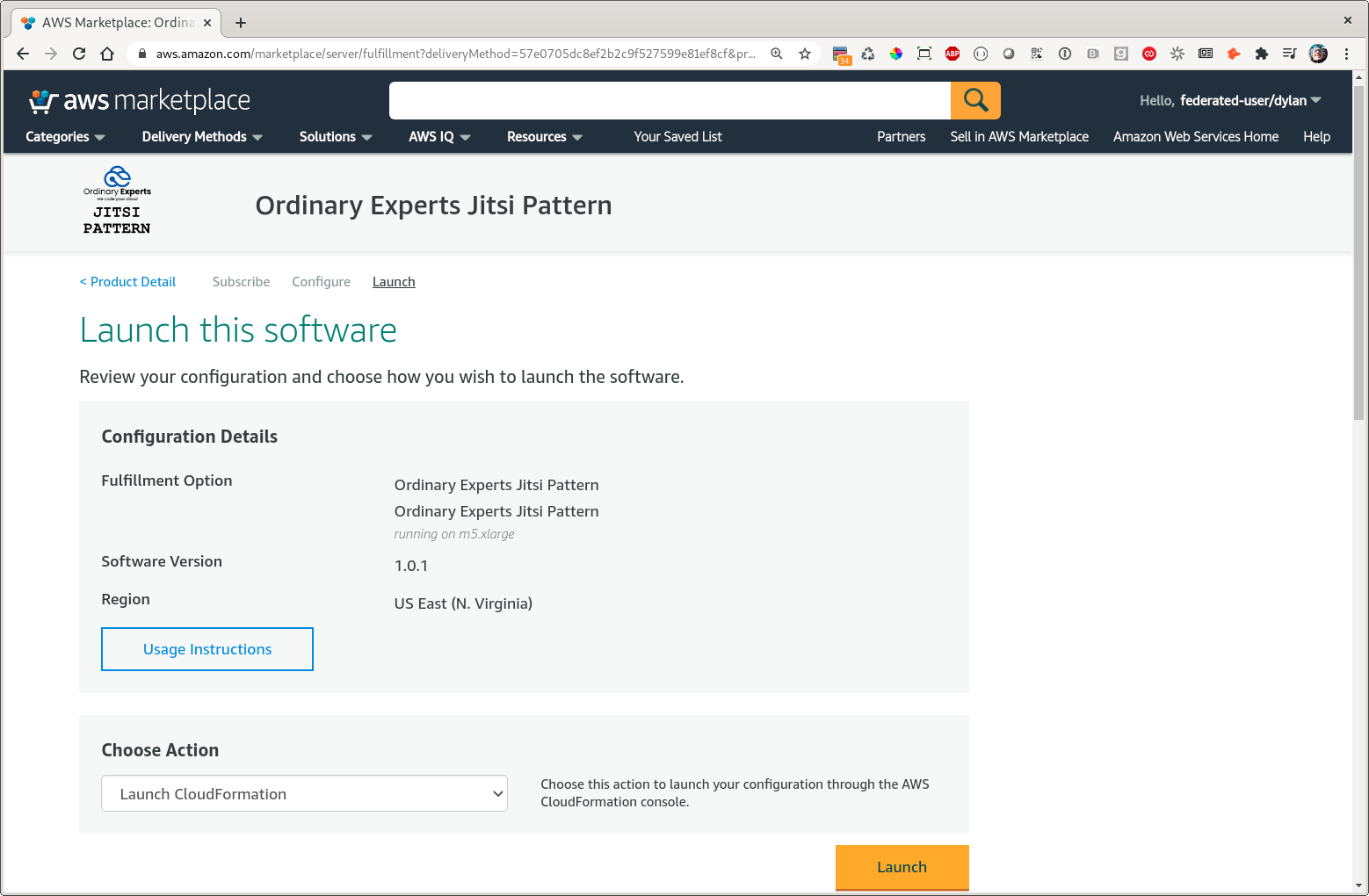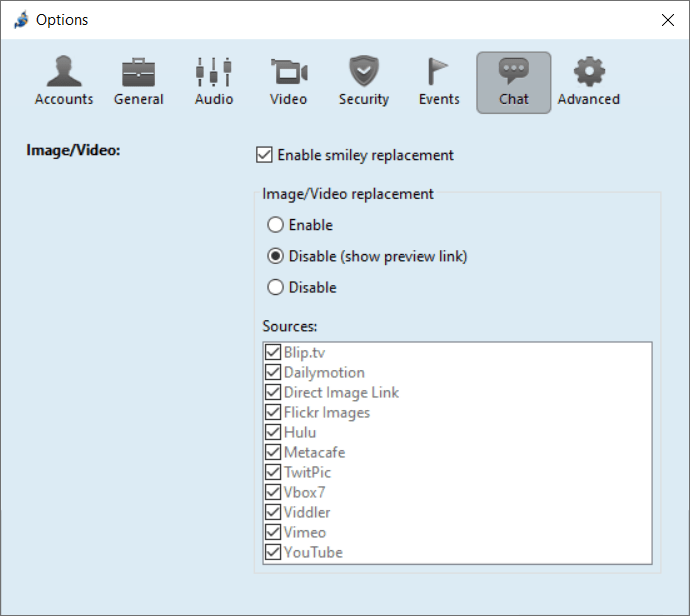

Sure, you can get it started on the following Jitsi hosting platforms in less than 15 minutes. But, if you still want to try, refer to this guide.

#Jitsi pricing manual#
Manual – it’ll take a little longer and is not recommended. Once you have Docker installed, you can refer to this easy-to-follow guide. Get a Cloud VM and follow the below procedure.ĭocker – is probably the easiest method. Jitsi is tested on Ubuntu/Debian, and there are two possibilities to get it installed. Jitsi looks promising, and getting started is easy. If you are curious to test the client, you can try the call. Its WebRTC is compatible and offers encryption by default. Jitsi Videobridge – an XMPP server (Prosody) capable of hosting thousands of video chats. You can join the conference using a web browser or Android/iOS apps. You can share your screen, collaborate in real-time, invite users, and more. Jitsi Meet – a JavaScript-based client application that lets you video chat. It’s a perfect alternative to Zoom private meetings. Jitsi gives you full control of the video conferencing solution as it’s hosted on your server.

Try self-hosted open-source video conferencing software – Jitsi. It might be compliance, privacy, or cost. But, there would be many reasons you don’t use it in your organization. I am sure you have heard and tried Microsoft Teams, Zoom, and Google Meet they are all good and work absolutely fantastic. Video conferencing is not new but is in high demand in the current situation as most of us work from home.Īre you still having a meeting with your team or client?


 0 kommentar(er)
0 kommentar(er)
